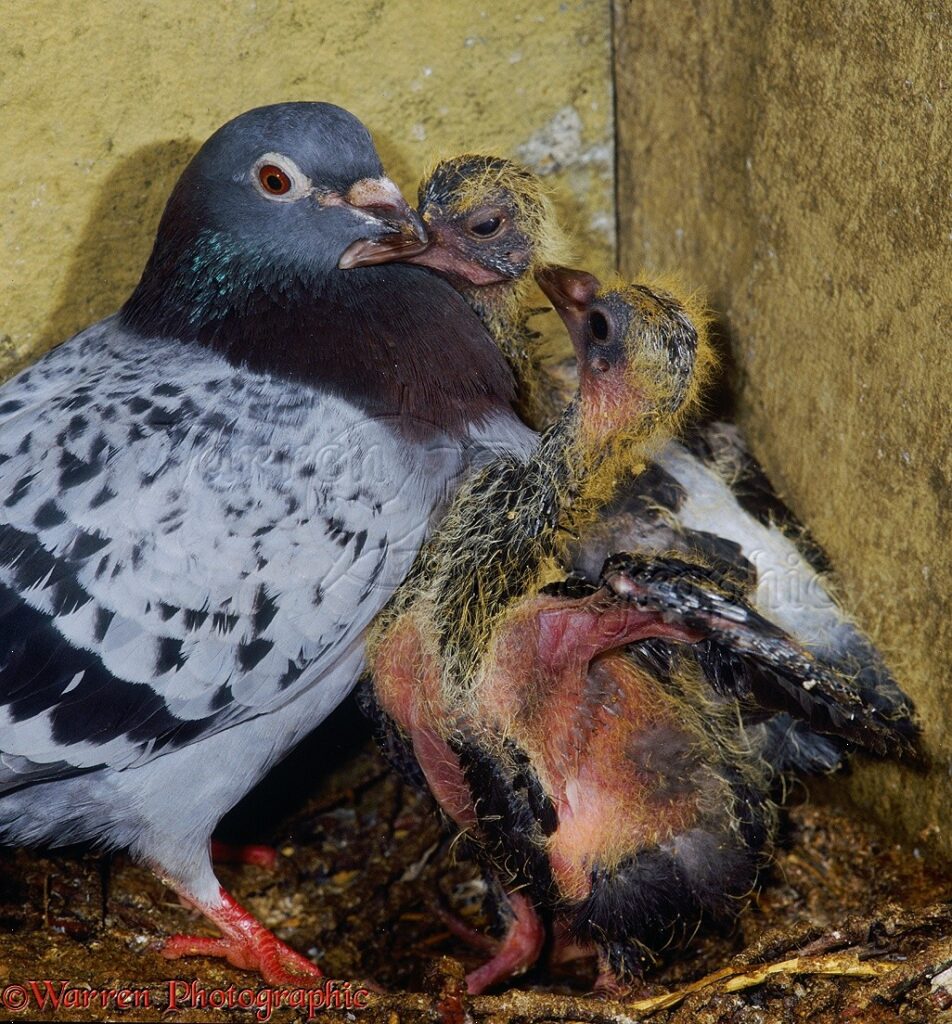If you’re looking for a lean, meaty protein source that has a milder flavor and is a bit less gamey than chicken or turkey, then Squab/Pigeon may be for you. This meat is traditionally killed in a way that retains blood, and it is both juicy and rich in flavor.
Overview of eating Squab/Pigeon
Pigeon meat is often eaten as a delicacy and is considered a good source of protein, iron, and vitamins. It also has a low fat and cholesterol content compared to other meats.
It is a dark meat with high concentrations of myoglobin, the oxygen-storing protein that gives it its unique color and taste. Squab is killed when it is young, similar to veal, so its meat is tender and nourishing.
It is an easy meat to raise and does not take well to mass production techniques, so most squab you see on restaurant menus is from small, local breeders. While squab has lost some popularity in North America, it remains an important food source for many people worldwide.
Culinary uses
Squab/Pigeon has long been used as a source of cheap, meaty protein. The meat of young pigeons is typically described as tasting similar to dark chicken or duck.
It is also an important part of many celebratory banquets, such as Chinese New Year. It is often served in a pastilla, an elaborate pastry-centric take on the pot pie, or pan-fried, which gives it a cream-colored crispy skin and tender meat.
The meat from wild and older pigeons is also used in some dishes, but it is usually tougher than the meat from squab. The meat is more suitable for low and slow cooking like stewing and braising.
Availability
Squab/Pigeon is a traditional ingredient in Chinese and other Asian cuisines. Usually roasted whole, it is cooked until medium rare to leave the interior meat soft and pink.
In China, squab is used to prepare celebratory banquets for holidays such as Chinese New Year. It is also eaten as a hors d’oeuvre in the United States, France and Egypt.
Pigeon meat is generally considered to be healthier than chicken, as it is lower in calories and higher in protein by weight. However, because it is a red meat, it contains saturated fats and cholesterol.
Market trends
Pigeon meat used to be a staple in American kitchens, but it fell out of favor as chicken became the more popular protein option.
Fortunately, there’s a comeback underway. Squab/Pigeon, the young meat from a pigeon, is back on the menu at restaurants all over the country.
Squab is typically purchased from small, reputable breeders who know how to raise the bird properly. This takes more time than raising chicken, but a high-quality product is well worth the extra effort.
Health benefits
Squab/Pigeon is a great source of protein, iron, vitamins and minerals. It is low in fat compared to other meats, making it a healthy option for those who are trying to maintain a balanced diet.
Pigeon meat has a rich flavor and is considered to be a good choice for people with high blood pressure or diabetes. It also contains a high level of selenium, which helps prevent cancer.
Like many other types of meat, pigeon meat can be eaten raw or cooked. The latter is particularly popular for its ability to retain flavor and tenderness.
Concerns
Pigeon meat is considered a delicacy and is eaten in cuisines worldwide. It is a dark-meat bird similar to duck and goose but has less fat than those animals, giving it a richer flavor and tender texture.
In the United States, squab are raised in central California and South Carolina. They are sold to restaurants as a specialty meat similar to veal or foie gras.
Because of their high growth rate, squab producers must breed breeding pairs throughout the year. This is not nature’s way, and can be stressful to pigeons.

